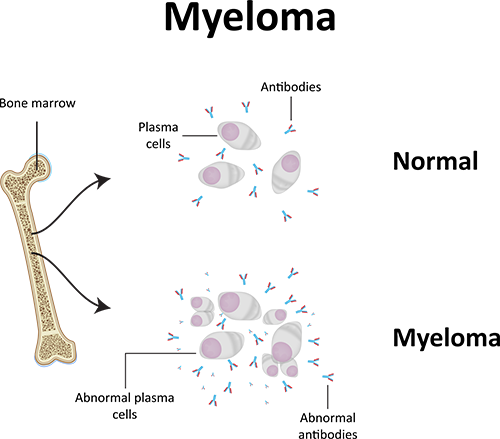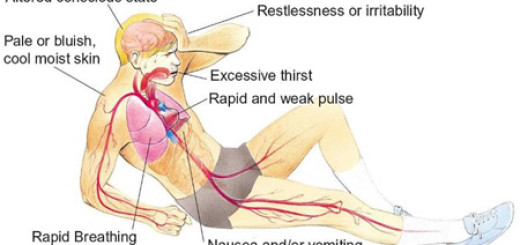First Aid Guide to Leukemia & Myeloma
Leukemias are cancers that affect the bone marrow, where blood cells are made. They occur when abnormal white blood cells multiply rapidly and spill into the blood stream.
Left untreated, these leukemia cells crowd out the healthy cells, leaving the body starved of oxygen, with little immunity to disease or infection and unable to ‘plug’ wounds in the skin and blood vessels.
There are four main types of leukemia:
- Acute myeloid leukemia (AML)
- Acute lymphoblastic leukemia (ALL)
- Chronic myeloid leukemia (CML)
- Chronic lymphocytic leukemia (CLL)
Acute leukemias develop quickly and need to be treated urgently. Chronic leukemias develop more slowly and may not need to be treated for some time after diagnosis.
Leukemia can develop in anyone, of any age, at any time. Leukemia is the most common form of childhood cancer yet more than 90 percent of Australians diagnosed with leukemia are adults (the majority over 50 years old).
The majority of children with leukemia have acute lymphoblastic leukemia (ALL). Twenty years ago, children with ALL had a 20 percent chance of survival. Now they have an 80 percent chance. Survival rates for adults average just over 40 percent but the survival of adults varies considerably with the type of leukemia.
Another disease affecting the bone marrow is myeloma. Myeloma, also known as multiple myeloma, is a cancer of plasma cells that usually arises in the bone marrow.

Plasma is a type of white blood cell that helps fight infection. In myeloma, large numbers of abnormal cancerous plasma cells, called myeloma cells, are made in the bone marrow.
Myeloma is a relatively rare disease. It represents approximately one percent of all cancers and two percent of all cancer deaths, and its cause remains unknown.
There are certain factors that may put some people at a higher risk of developing this disease. These include exposure to high doses of radiation and ongoing exposure to certain industrial or environmental chemicals.




